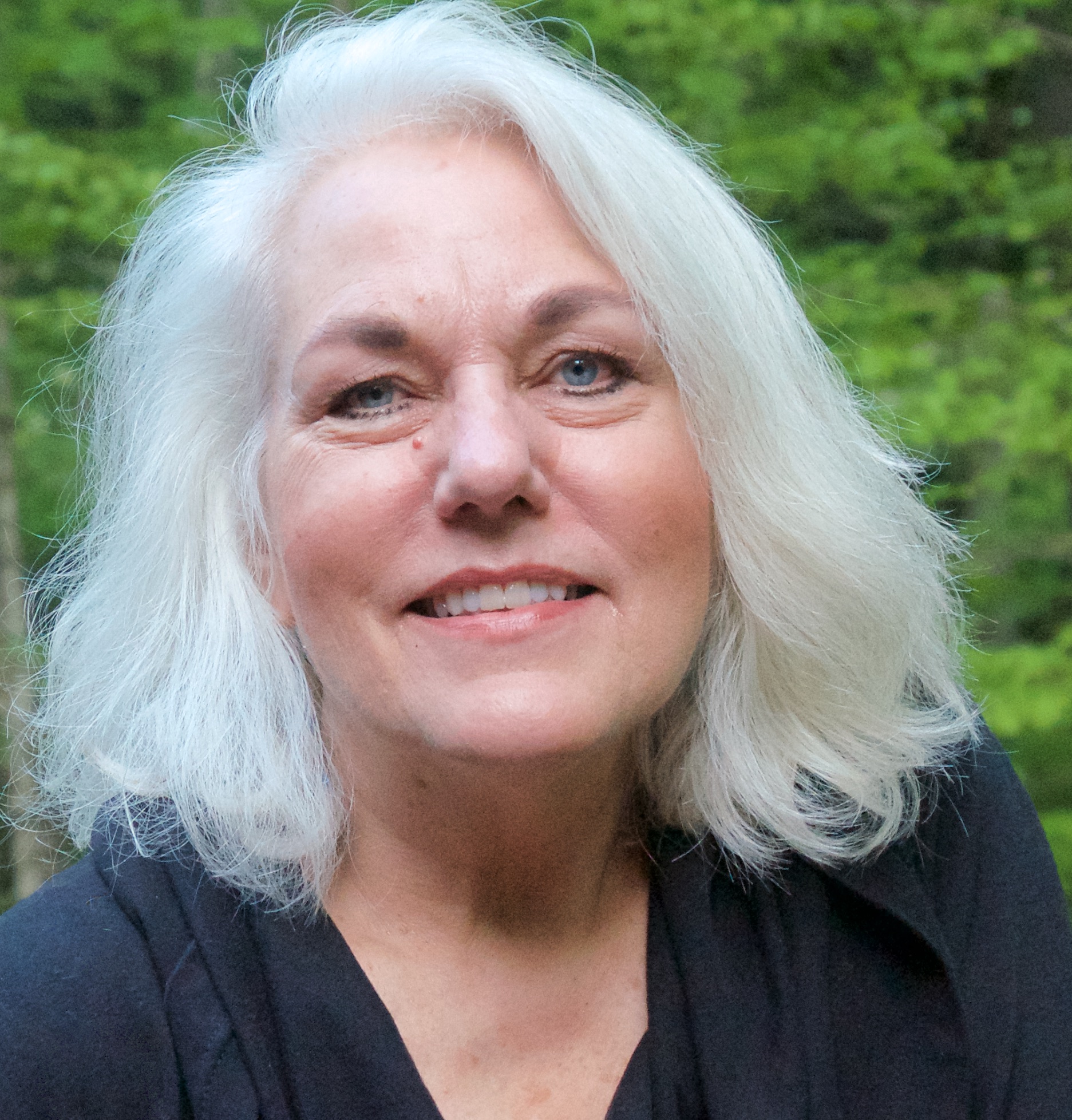
Miami Herald reporter Julie K. Brown
We don’t add to that ink here to revisit the rolling news of the case, or even to join the chorus of huzzahs for some stellar journalism. (Except to note: Huzzah!)
But Brown’s work deserves a new look, with a nod to our designated One Great Sentence this week, because of what her work demonstrates about the best of the craft.
These from comments she made for a quick profile in The New York Times after the Epstein story broke anew:
“Sometimes a story deserves a new look.”
“There were all of these puzzle pieces that were out there, and when you put all of these puzzle pieces together, with the passage of time, there was this really damning story.”
“The story is not about me. It’s about the victims.”
“A lot of other local journalists aren’t given the luxury of the time I had with this, even though they are the last line of defense against corruption, against taxpayer money being wasted.”
And this from a Poynter interview, first published in November 2018, and reprised this week:
“It was like an onion.”
“Nobody listened to them before.”
“I’m a paper person.”
That last was followed by an explanation of her reporting process: She built a file for each victim so she could track her progress, look for gaps and patterns. At some point, she was pulled off the Epstein story to help with big breaking news stories; because of her filing system, she was able to pick up the thread of her investigation without missing a beat.
No end of lessons here. Among them:
- Have a system for organizing and tracking a storyline. Notes scattered here and there, whether on paper or in your laptop, don’t reveal the spine of a story. And no doubt you’ll forget some of them altogether.
- Physical visuals help. Even if you love Excel spreadsheets or elaborate Google docs, you can’t see everything in relationship to everything else on the limited space of your computer screen. Print things out, tack them on a wall or lay them on a big table so you can see your story develop.
- Talk to people who haven’t been talked to before. Or if they have been talked to before, talk to them again; time offers new perspective.
- Follow bits of information like a treasure map or a scavenger hunt. See documents and interviews not as end stories, but as clues to keep looking for more.
- Don’t think you have the luxury of time? Time is what you make of it. A few hours here and there, spent with focus, can yield the big story everyone else missed.
- And finally, just as Brown said: “Sometimes a story deserves a new look.” Tune out the newsroom chant that we’ve-already-done-that, or everybody-knows-that. If a story from the past led to a dead end, maybe you can find a new route. If sources or victims wouldn’t talk before, maybe they’re ready now. If something made headlines in the past, take some time to find out what’s happened since.


